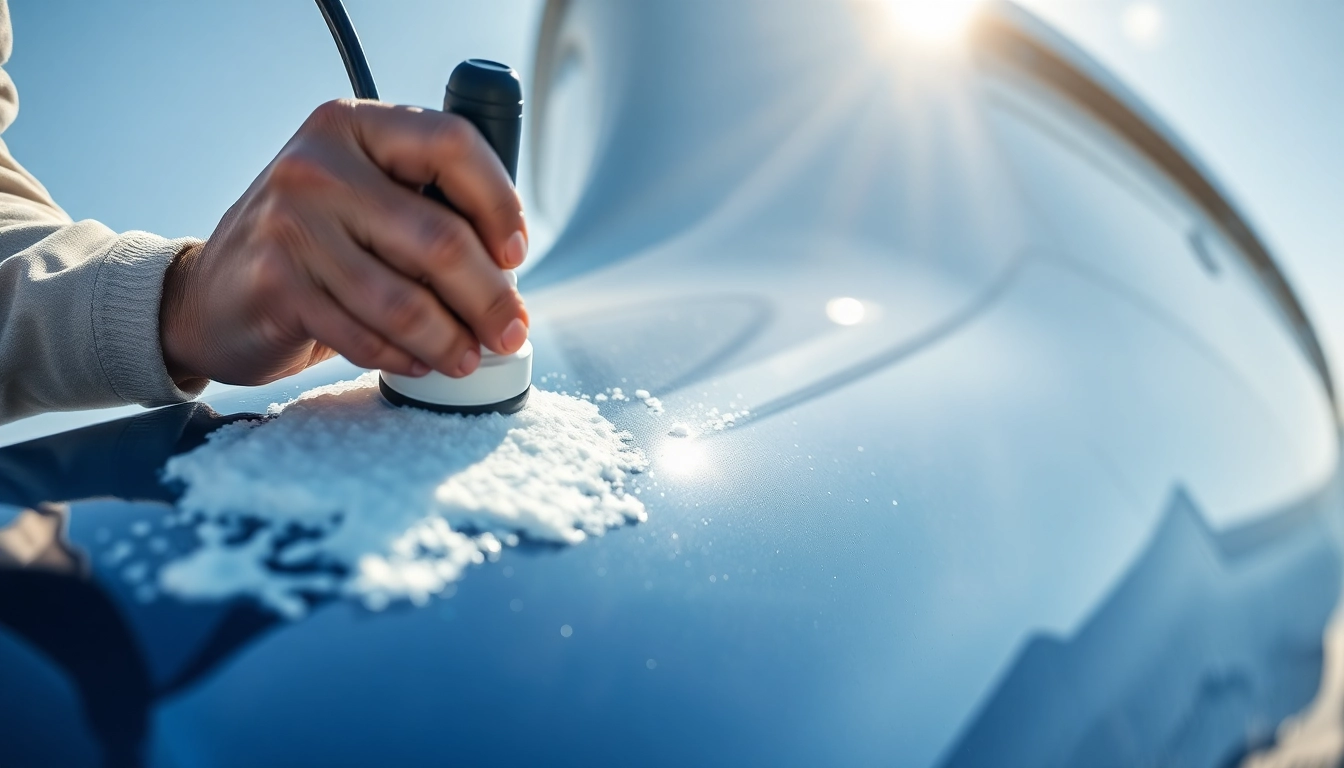Understanding the Importance of Marine Coatings: An In-Depth Look at Boat Sealing Solutions
What Is Marine Sealant and Why Is It Essential for Your Boat?
Marine sealants, often referred to as boat sealants, are specialized protective coatings designed to safeguard your vessel’s surfaces against the harsh marine environment. These high-performance products form a durable barrier on gelcoat, paint, and other substrates, ensuring that your boat resists water ingress, UV radiation, salt corrosion, and other damaging elements. Their application is crucial in maintaining the structural integrity and aesthetic appeal of boats, especially in areas exposed to constant water immersion.
For those seeking reliable protection, exploring Boots Versiegelung options can provide long-term benefits. A top-tier marine sealant not only enhances durability but also preserves the boat’s value over years of use.
Why a High-Quality Sealant Matters
Investing in a premium boat sealant results in numerous advantages. It offers superior adhesion and flexibility, helping to prevent cracks and peeling caused by temperature fluctuations and mechanical stress. This protective layer also eases cleaning and maintenance by repelling dirt, algae, and other contaminants. Furthermore, modern sealants with advanced polymer or ceramic formulations provide excellent gloss and UV protection, which keeps the gelcoat vibrant and glossy longer.
These characteristics translate into reduced maintenance costs and extended intervals between reapplications, making quality sealants a cost-effective choice for boat owners.
Choosing the Right Marine Sealant: What to Consider
Key Factors in Selecting Sealants
When selecting a marine sealant, it’s important to assess factors including ease of application, curing time, UV resistance, environmental impact, and compatibility with your boat’s materials. For example, if you own a fibreglass boat, look for products specifically formulated for gelcoat and fiberglass surfaces. Additionally, consider the environmental regulations applicable to your area, as eco-friendly formulations reduce ecological footprint.
Polymer vs. Ceramic Sealants
Modern boat sealants generally fall into two categories: polymer-based and ceramic-based coatings. Polymer sealants, often called liquid waxes, create a protective film that offers excellent water repellency and gloss enhancement. They are relatively easy to apply and suitable for routine maintenance.
Ceramic sealants, on the other hand, utilize nanotechnology to infuse the surface with a durable ceramic layer. This provides exceptional hardness, chemical resistance, and lasting hydrophobic effects, often requiring less frequent reapplication. Products like marine ceramic top coats exemplify this advanced technology.
Tailoring Products for Different Boat Types
Different boats and applications require customized solutions. For example, racing boats benefit from ultra-slick, low-drag coatings, while leisure craft prioritize UV stability and ease of maintenance. It’s important to select sealants compatible with your boat’s specific surface and intended use, ensuring optimal protection and longevity.
Applying Marine Sealant: A Comprehensive Step-by-Step Guide
Preparation: The Foundation of Success
Proper preparation is key to ensuring the durability of your sealant. Begin by thoroughly cleaning the surface using a high-quality boat cleaner like the BCC Power Cleaner 1L. Remove all dirt, algae, grease, and previous coatings. For stubborn contaminants, a dedicated gelcoat cleaner or mild abrasive pad can be used. After cleaning, rinse with water and dry completely with microfiber towels such as the BCC Microfaser Towel 3er Pack.
Application: Ensuring Even Coverage
Apply the sealant in dry, temperature-controlled conditions, ideally between 15°C and 25°C. Use a foam applicator or microfiber cloth to spread a thin, even layer. For ease of application, tools like the BCC Polierpuck extra weich 90mm or the BCC Polierschwamm orange medium can facilitate uniform distribution. Follow manufacturer instructions regarding curing times and whether multiple coats are recommended for added protection.
Drying and Post-application Care
Allow the sealant to cure fully—this typically takes 1-2 hours depending on conditions. During this period, avoid exposing the surface to water or pollutants. Once cured, lightly buff with a soft microfiber towel like the BCC Microfaser Towel to achieve a smooth, glossy finish. Regular maintenance with gentle washing and periodic reapplication ensures enduring protection.
Common Mistakes and How to Avoid Them
Frequent Pitfalls in Application
- Inadequate Surface Preparation: Neglecting thorough cleaning compromises adhesion. Always ensure surfaces are spotless.
- Applying in Poor Conditions: Avoid applying sealant under direct sunlight, high humidity, or cold temperatures, which can impair curing.
- Thick Coats: Excessive layering leads to uneven curing and smudges. Use a thin, even layer for best results.
- Ignoring Maintenance: Failing to maintain the protective layer reduces its effectiveness over time.
Maintaining and Refreshing Your Sealant
Environmental exposure causes the sealant to degrade gradually. Regular washing with marine-safe detergents and gentle buffing with microfiber towels—such as the BCC Towels Vorteilspack—can help maintain gloss and protective qualities. When the appearance dulls, consider reapplying a fresh coat of sealant after proper cleaning.
Maximizing Longevity: Tips for Long-Term Maintenance
Routine Cleaning Strategies
Regular cleaning is essential to preserve the integrity of your boat’s coating. Use a marine-specific cleaner and soft brushes like the BCC Waschhandschuh grün or a water-fed brush such as the BCC Waschbürste mit 150 cm Stiel und Wasseranschluß. Avoid harsh abrasives that can damage the protective layer.
Reapplication and Repair
Over time, minor scratches and wear can compromise the sealant. Light polishing with a product like BCC Power Polish and reapplication of the sealant ensure ongoing protection. Follow latest industry standards and manufacturer instructions for best results.
Protective Measures in Marine Operations
Protective accessories, like boat covers and UV protectants, complement sealant coating and extend its lifespan. Strategic rinsing after each use and avoiding prolonged exposure to harsh elements also prevent premature degradation, ensuring your boat remains vibrant and protected.
